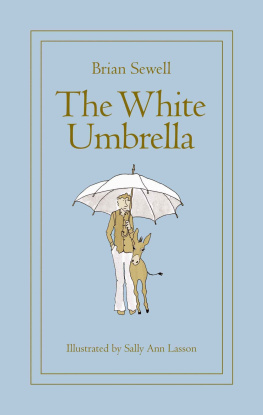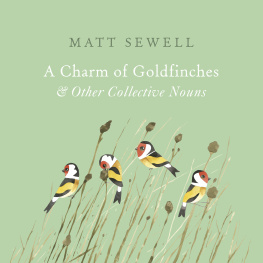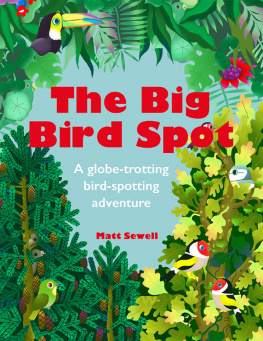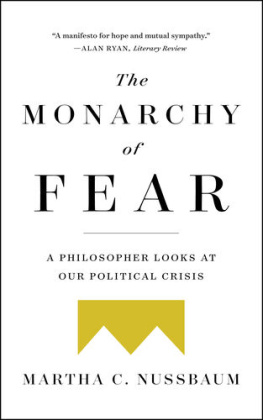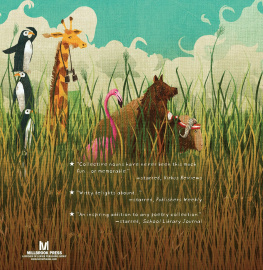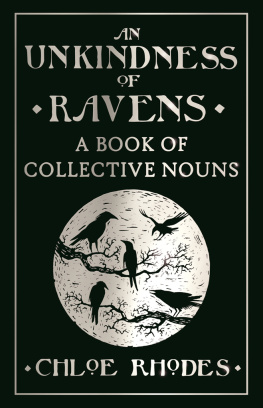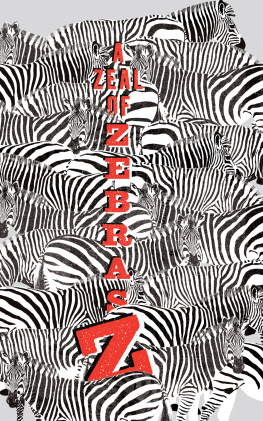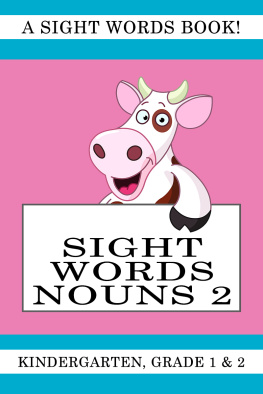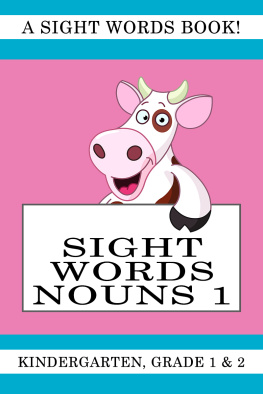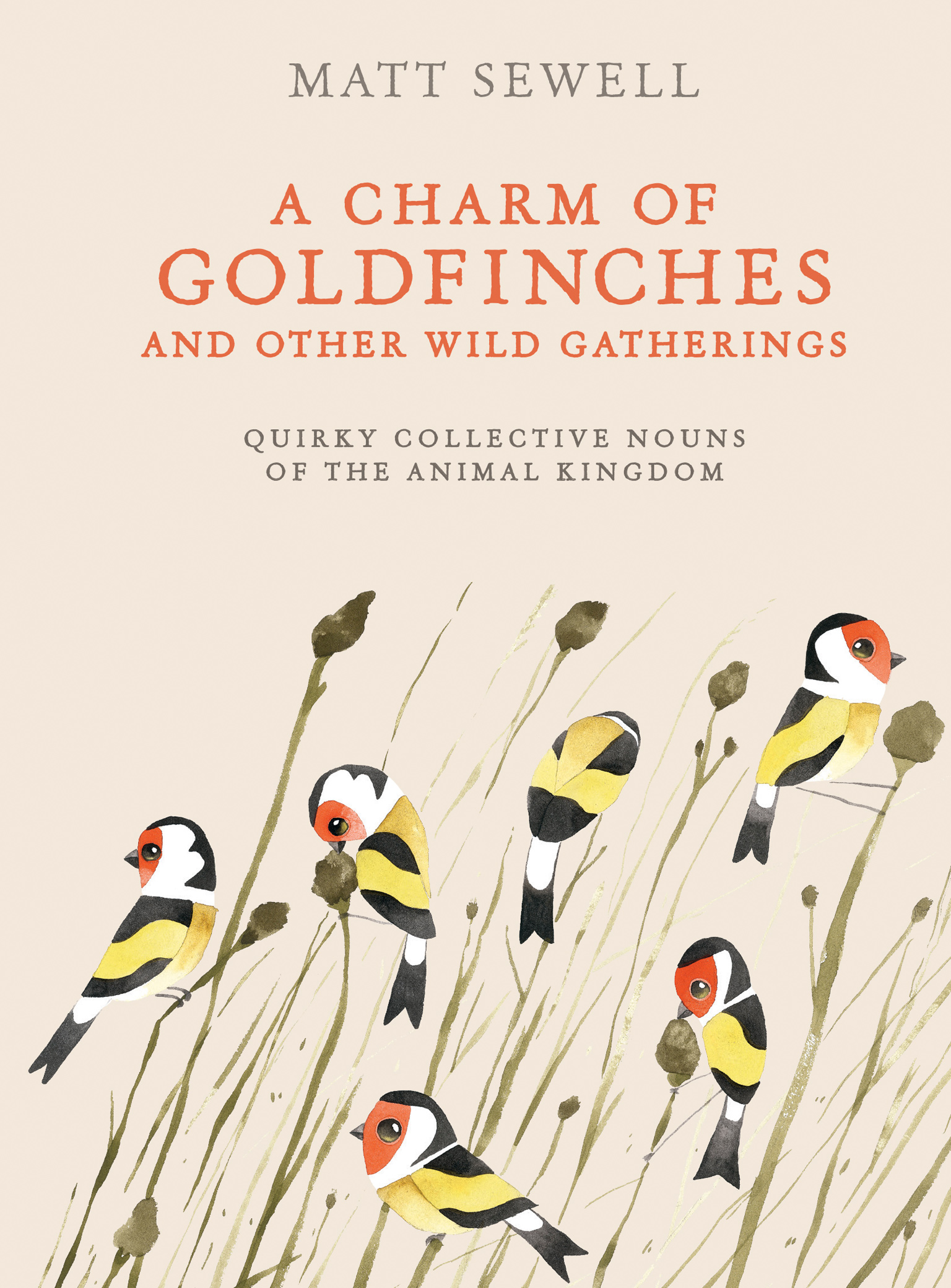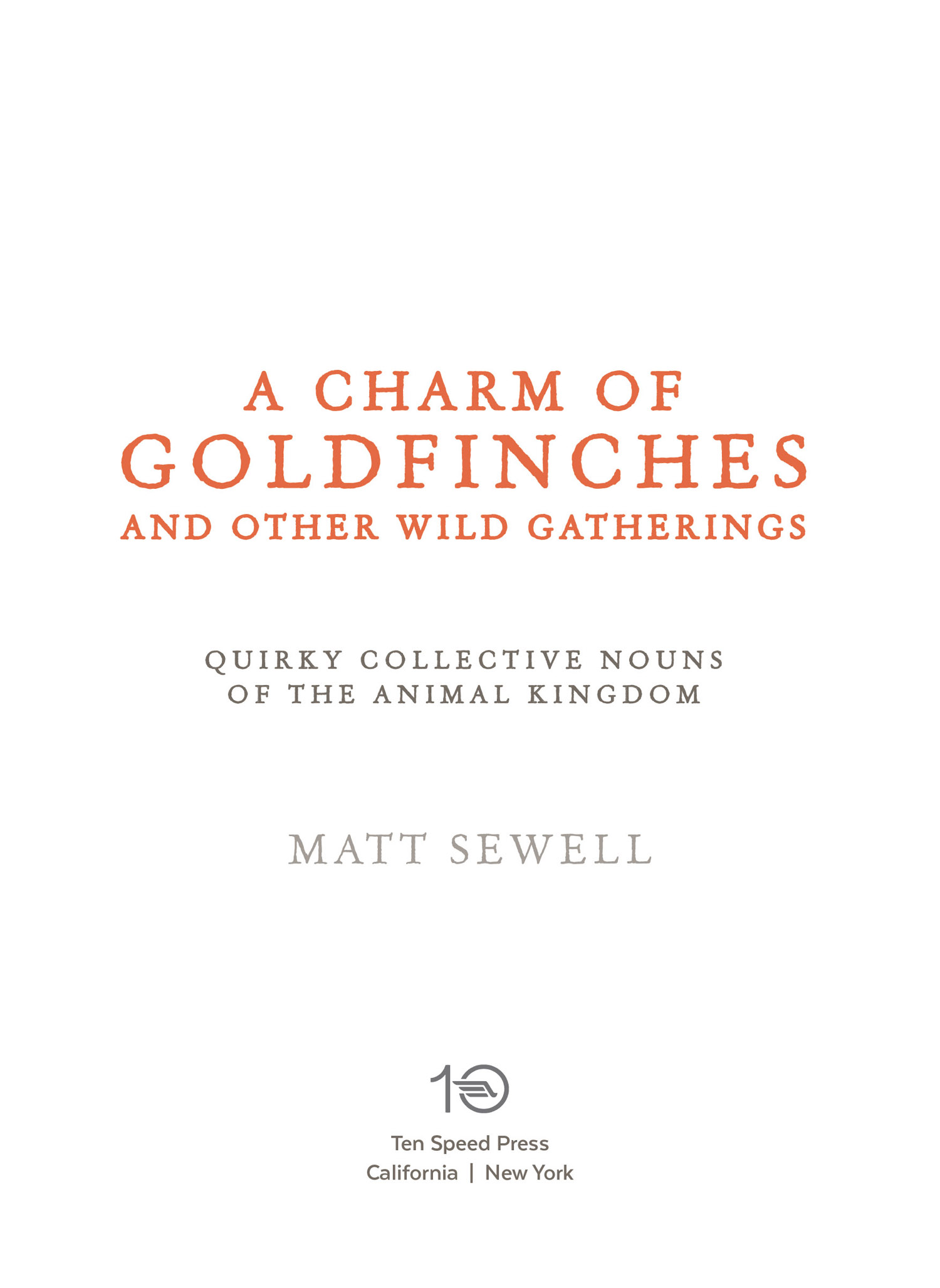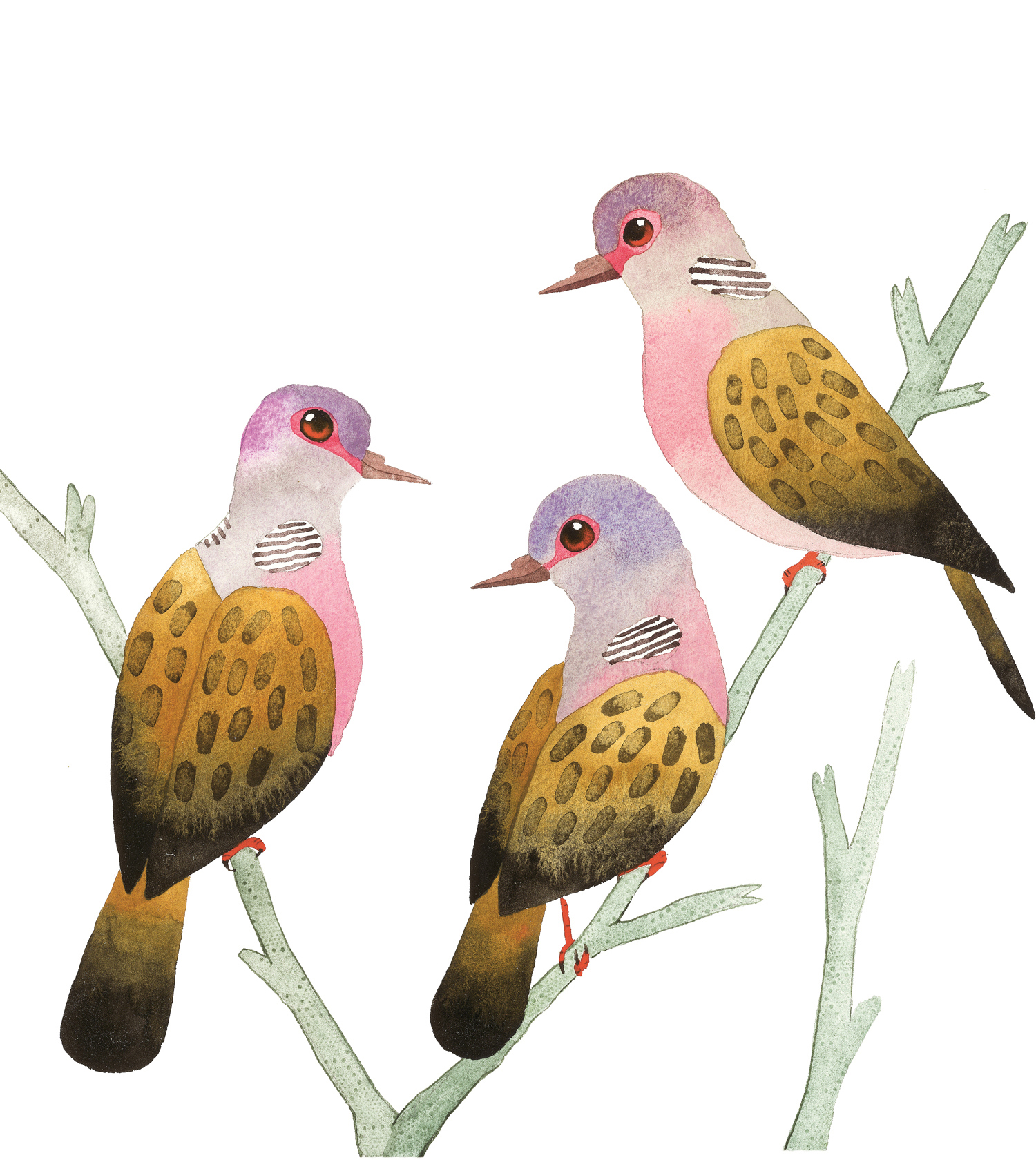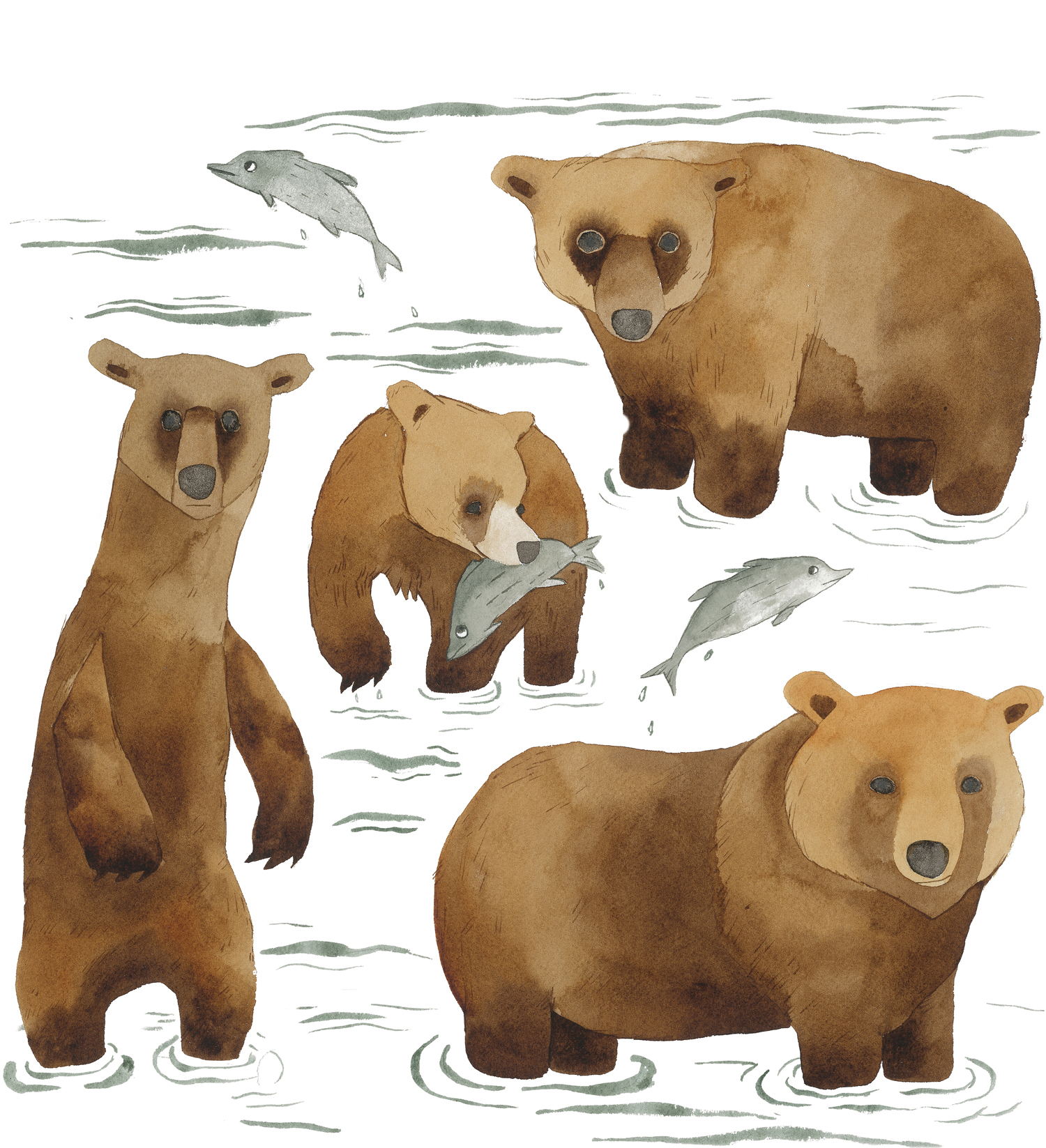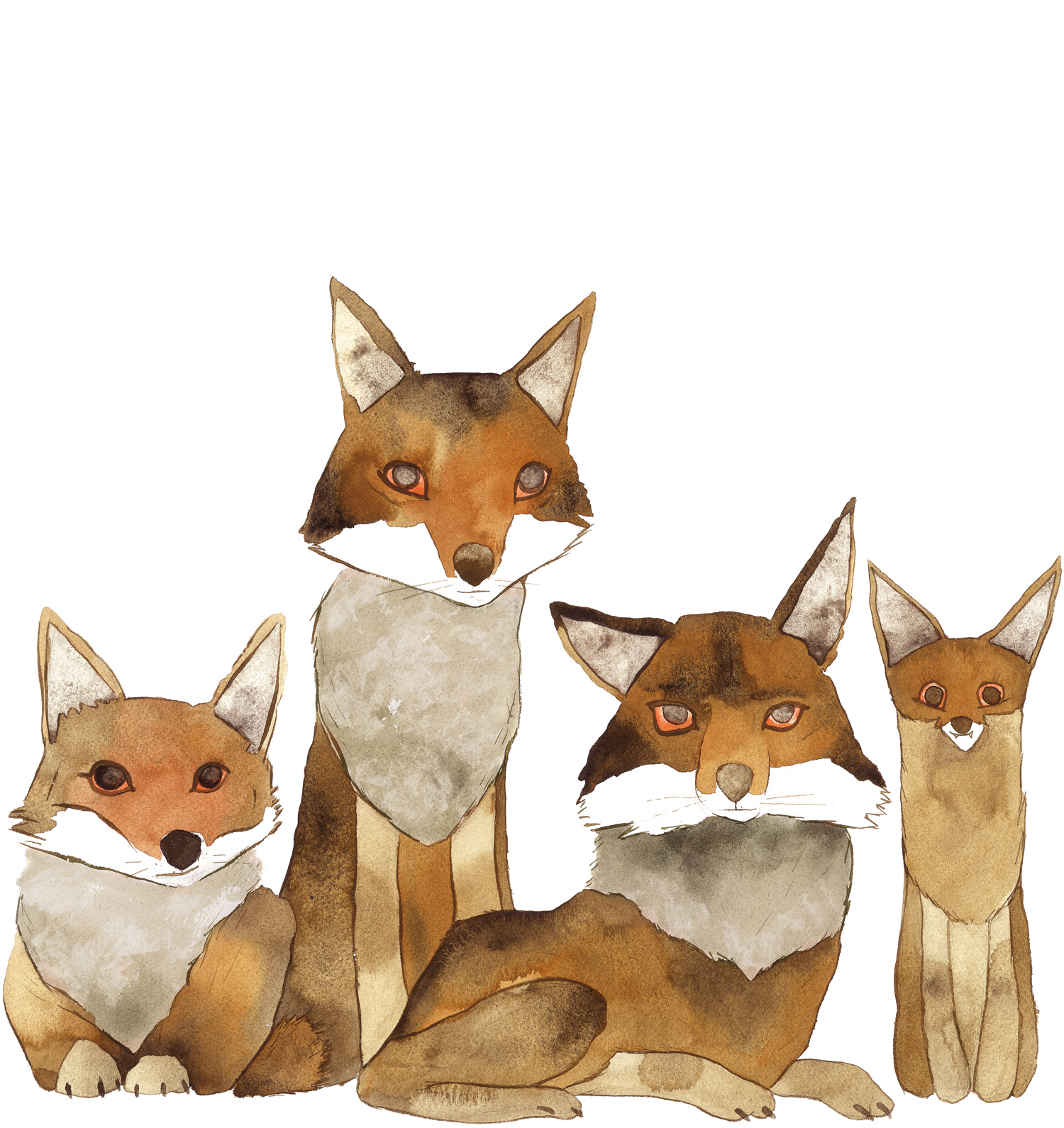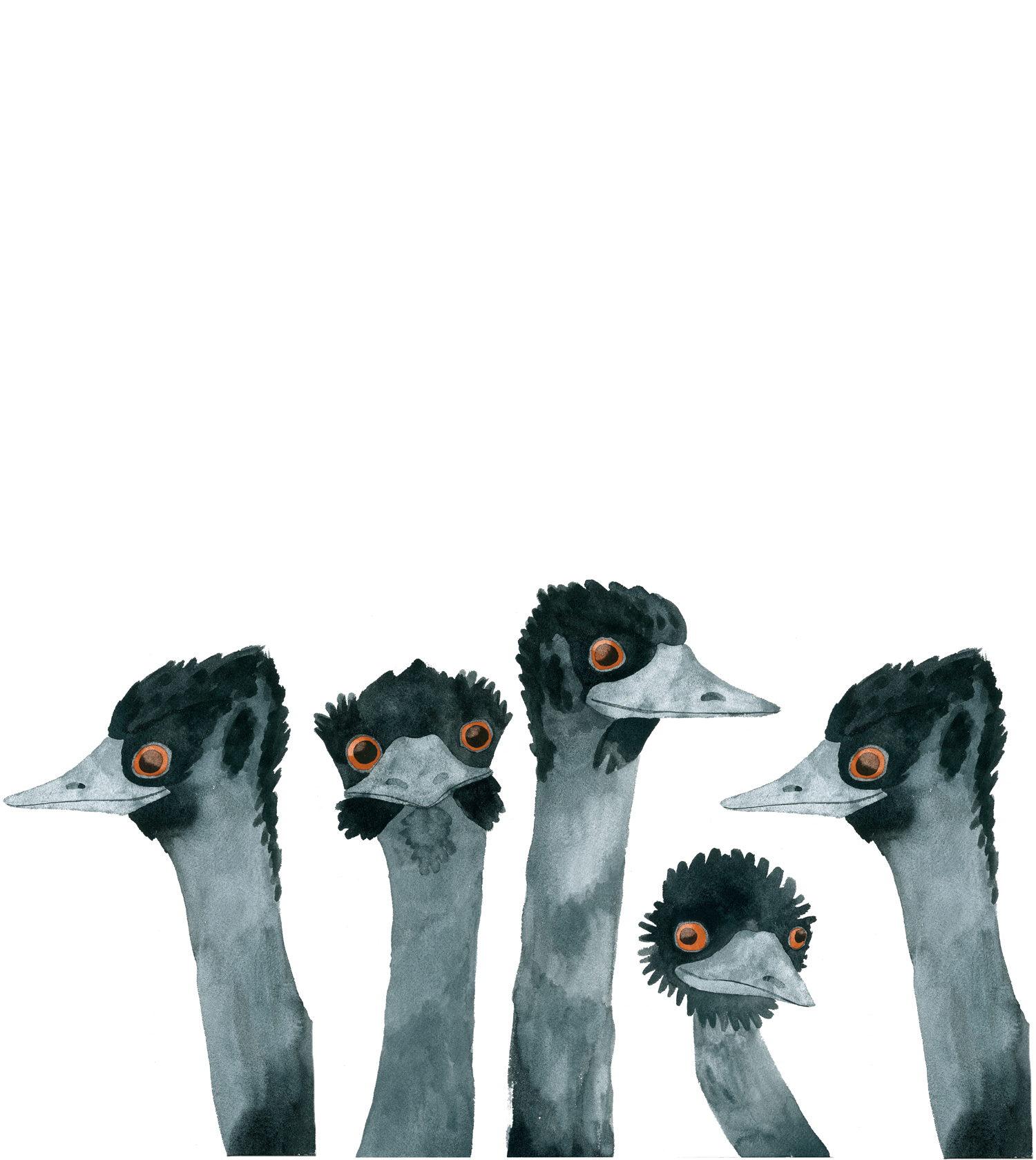Contents
Copyright 2016, 2017 by Matt Sewell
All rights reserved.
Published in the United States by Ten Speed Press, an imprint of the Crown Publishing Group, a division of Penguin Random House LLC, New York.
www.crownpublishing.com
www.tenspeed.com
Ten Speed Press and the Ten Speed Press colophon are registered trademarks of Penguin Random House LLC.
Originally published in slightly different form in Great Britain by Ebury Press, an imprint of Ebury Publishing, a division of Penguin Random House UK, London, in 2016.
Library of Congress Cataloging-in-Publication Data is on file with the publisher.
Hardcover ISBN9780399579394
Ebook ISBN9780399579400
Cover Design by Lizzie Allen
v4.1
a
For my goldfinches, Jess, Romy, and Mae
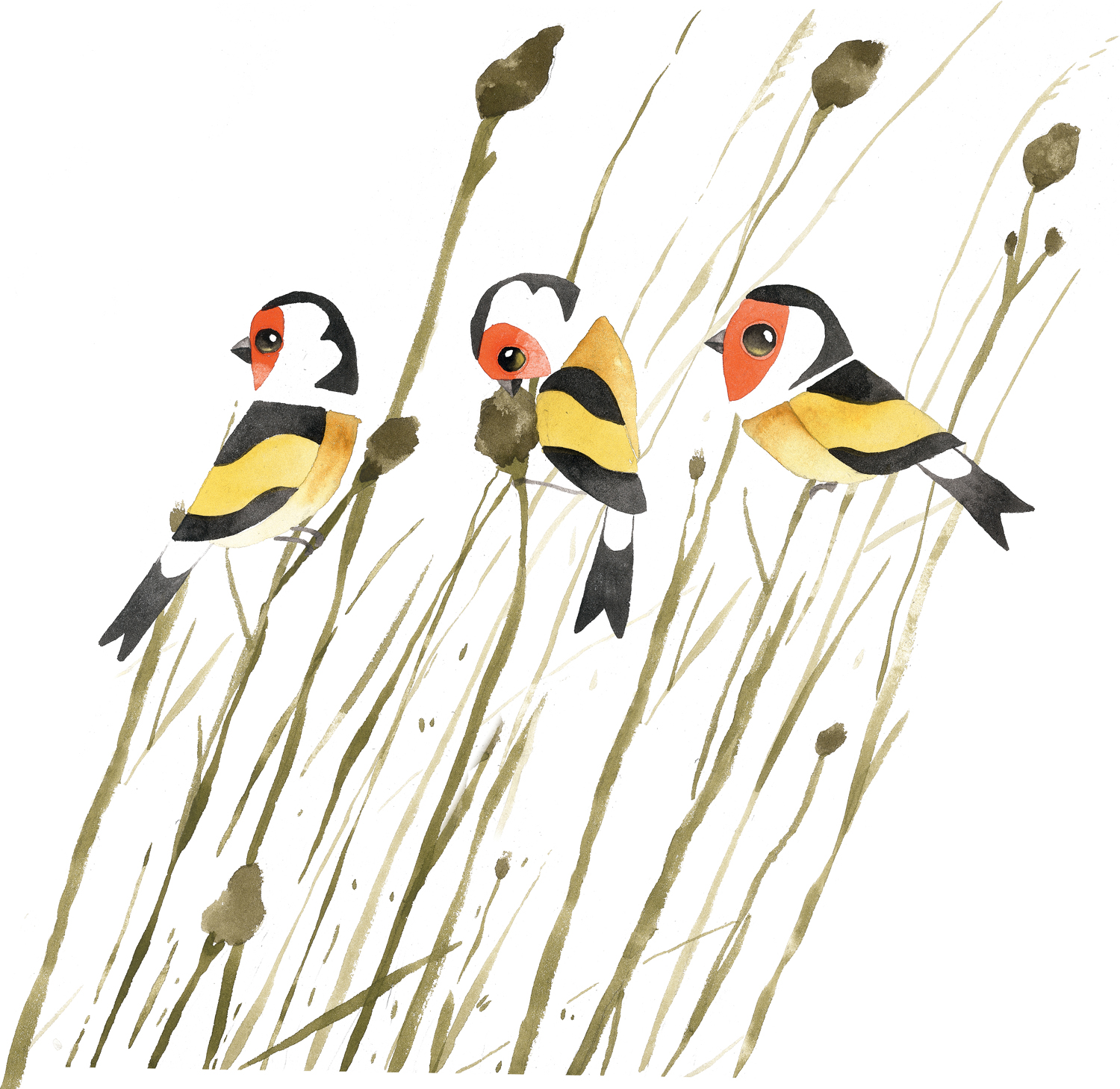
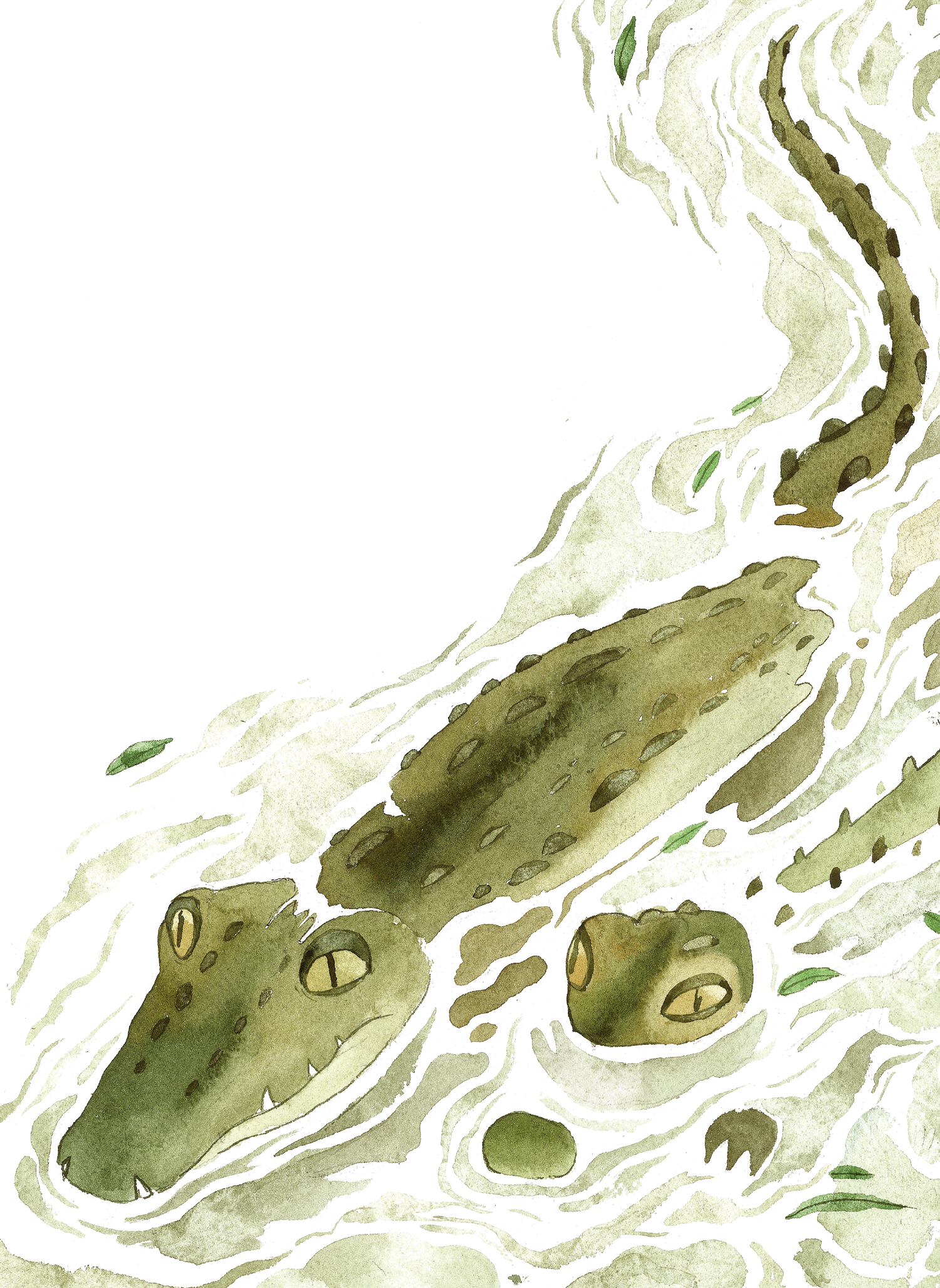
Introduction
WE DO LOVE to put labels on things, dont we? Everything from the slightest variation of tone in a color to the taste of a single flavor in a dish, right through to the tiniest variation in the beats of a songthey all mark a difference and, no matter how small, every variation has a name.
This necessity to name is never more evident than in nature. Most groups of wildlife can be described as a flock, herd, or shoalbut where is the fun in ending there? We as humans are romantic poets at heart, who delight in the idiosyncrasies of the natural world, so a simple flock is never going to be enough of a description for one group of birds to the next. Thus we examine and embellish and, over time, these observations make their way into common usage as quirky and colorful collective nouns.
A lot of the phrases used in this book are hundreds of years old maybe even older. The earliest written record of such menageries is from the fifteenth century in The Book of Saint Albans (or The Boke of Seynt Albans) by Englishman Julyan Berners. Its a somewhat snooty book about gentlemanly pursuits of the time, mainly hunting and hawking, so a lot of the nouns are explicitly to do with the animals characteristics and their cunning, be they predator or prey. Many are humorous and right on the money, but also quite odd, with antiquated turns of phrase. They are certainly a lot more fun to use than the more modern, perhaps clichd, descriptive terms.
In addition to the delight of the outright weirdness, there is a lovely bit of one-upmanship that goes hand in hand with knowing your collective nouns. Althoughyou could always just make up your own versions and nobody would even know.
Is that a deceit of lapwings, anybody?
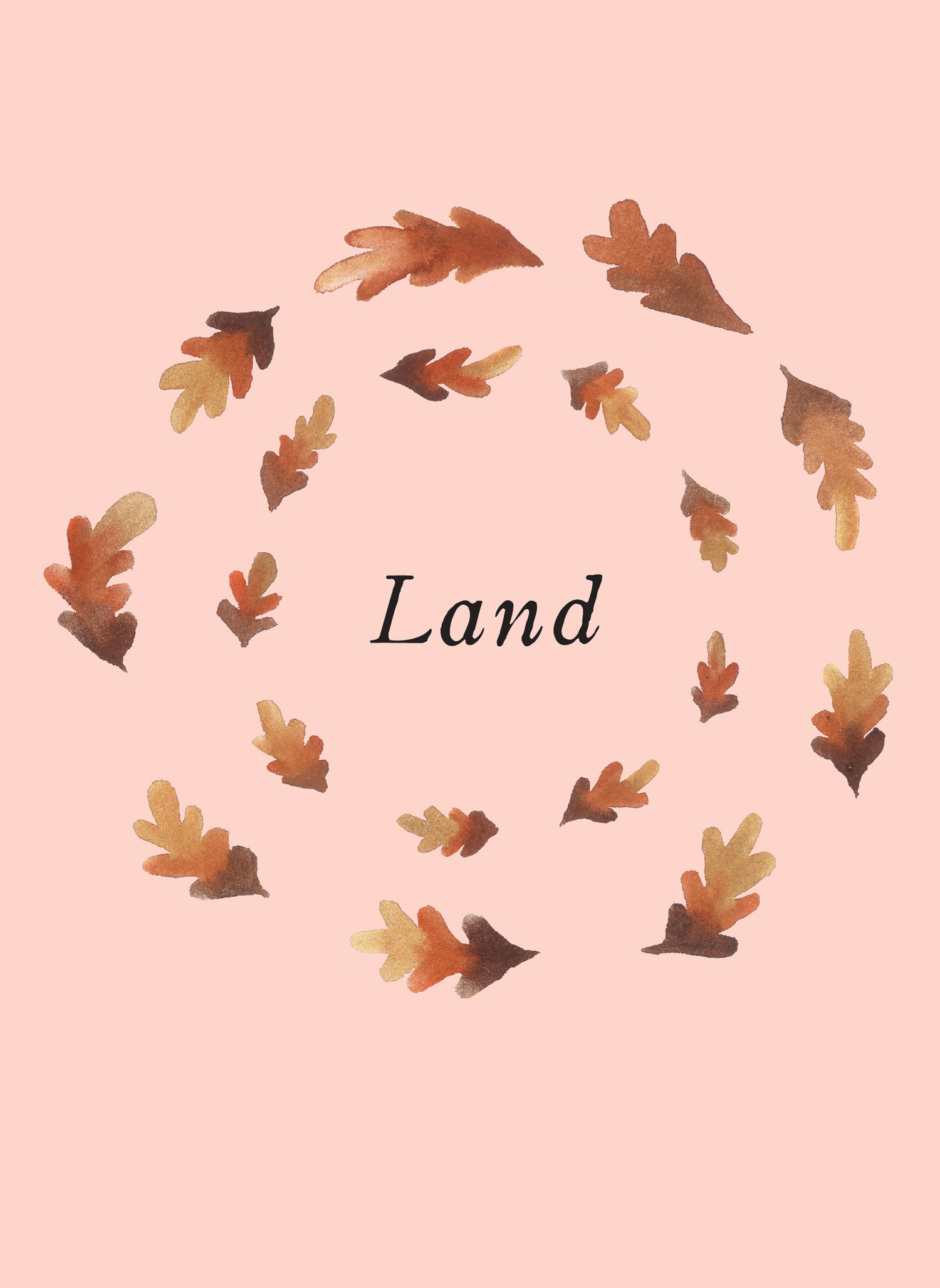
A Sleuth of Bears
BEARS ARENT EXACTLY known for their social mobility and friendliness; they are rarely seen in groups outside of their feeding bonanzas and courtship battles. When bears meet outside of these occasions, it always turns nasty. Which is a shame, as they do look so affable, so soft and golden brownalbeit with massive claws and daggerlike teeth and a bottom big enough to frighten a police horse.
Brown bears were once found across northern Europe, particularly in Great Britain, but were gone in the UK by the Middle Ages, made extinct through hunting. It is with this sad fact in mind that we find the root of the bears odd collective noun: the term a sleuth of bears comes from the fifteenth-century Boke of Seynt Albans, a book about hunting. When we think of a sleuth today, its a spy with an upturned collar and hidden microphone, but the word originally comes from the sleuth hound, which is basically a bloodhound. Such dogs would have been used in England on the trail of the great brown bears: a bloodthirsty technique of hunting that surely saw off the last of the British bears and, sadly, is still in favor today for other species.
A Band of Coyotes
A WOLF IN a foxs clothing. With the coyotes orange tinges and white trimmings, the uninitiated can be forgiven for placing coyotes with the fox of the Canidae world, those sly tricksters of traditional Native American folktales. In fact, coyotes are very much a card-carrying North American member of the Canidae society in their own right, alongside the jackal, the dingo Down Under, the high-ranking gray wolf, and of course our own pet pooches.
Outside of their guarded family units, coyotes hang together in unrelated gangs, scavenging and doing whatever coyotes do, such as maybe forming a band. Just like this group here, posing for their self-titled debut album sleeve photo. They are a psychedelic, desert-rock three-piece band, really, but an excited young fan has wrangled himself into the photo.
A Mob of Emus
THE AUSTRALIAN EMU is a big old brute, second in height only to the ostrich of Africa, another flightless bird with tiny wings and long, fast-running legs. Nearly six feet tall and certainly not afraid to look you straight in the eye, emus roam wherever they want with their passive-aggressive manner, which means you need to keep a cautious eye on a mob of emus at all times. They are like a bunch of locals who gate-crash your lovely bonfire beach party. All weird haircuts and monobrows, theyre funny and quite charming at firstuntil theyve drunk all your booze and things start to turn a bit nasty. So its probably best just to avoid eye contact from the get-go.


